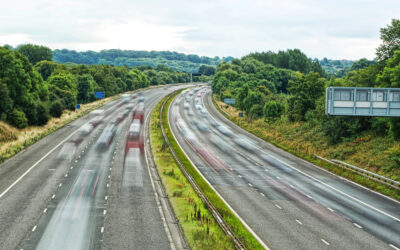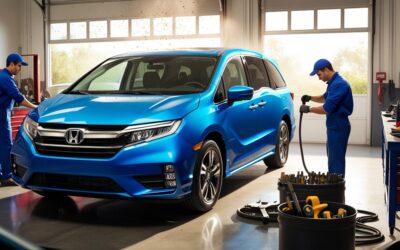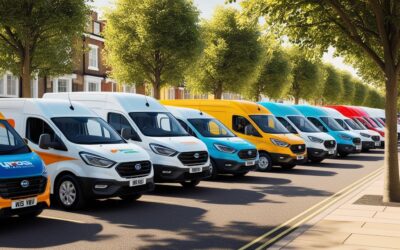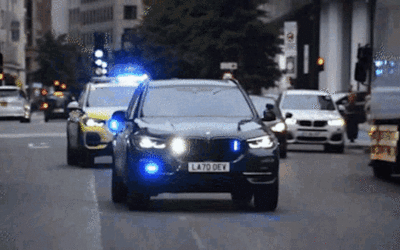London Set To Expand Ultra-Low Emission Zone In 2023
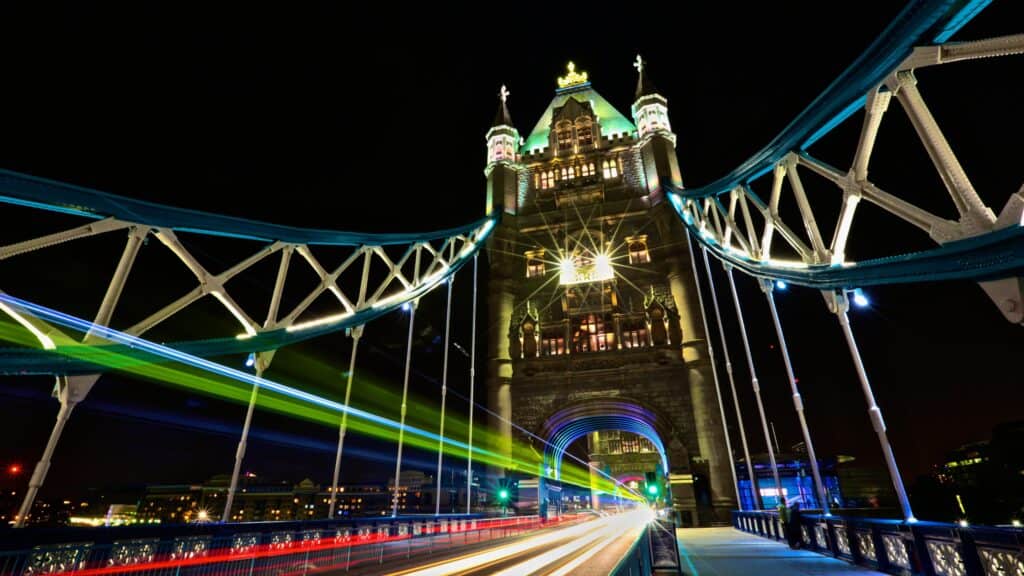
A consultation has been launched over a potential extension to the ultra-low emission zone (ULEZ) in London.
The Mayor of London, Sadiq Khan, has stated that the expanded ULEZ would mirror the current low emission zone which covers the majority of Greater London.
Current plans are to seek opinions on the extended zone to go live in 2023, with London looking at ways to reduce congestion and improve air quality.
Other options considered include a Greater London Boundary Charge for ALL vehicles driving into London or even implementing a daily Clean Air Charge for polluting vehicles.
What Does An Expanded London ULEZ Mean?
Crucially, it should be noted that the ULEZ will simply replace the current LEZ zone, with the charges for the ULEZ being expanded to a wider area.
London is under pressure to reduce emissions and meet environmental targets, and even though nearly half of Londoners don’t own cars, pollution is still a significant issue.
That combined with air pollution and the associated health issues AND congestion in the capital has resulted in plans being laid out for an expanded ULEZ.
The current iteration of the ULEZ in London is 18 times larger than the original central London ULEZ, and recent figures estimate that it will cost fleets an extra £54 million in additional charges in the first year of operation alone.
It was expanded from its original area in October 2021, and London’s net profits from congestion charges rose from £160 million to £267 million last year.
Drivers of vehicles that don’t meet the emission standards of the ULEZ must pay £12.50 to enter the zone, and it’s hoped that this will encourage people to find alternative modes of transport (such as public transport) or upgrade to compliant vehicles.
This puts pressure on fleets to move forward with plans for turning to electric vehicles as the cost of entering the ULEZ can be significant if you have multiple vehicles travelling around London each and every day.
The Expansion Of Low Emission Zones
The expansion comes with an associated cost, and that means there’s a need to incentivise investment…
Which is why London’s scrappage scheme will make it easier for motorists in outer London to scrap older and polluting vehicles to switch to cleaner modes of transport or purchase newer, cleaner vehicles that are compliant with the ULEZ.
There’s also pressure for the Government to provide additional support for the scrappage scheme, which could encourage motorists to switch to cleaner vehicles.
The proposed ULEZ will be subjected to a consultation, impact assessment, and final confirmation before a date is set for implementation, which is currently slated for next year.
With Birmingham, Bristol, Bath, and several other UK cities pressing ahead with clean air zones, fleet owners need to be aware that having low-polluting or electric vehicles will be a significant advantage.
Clean air zones have been highlighted as one of the top issues that fleets will face in the next 5 years, particularly as they become prevalent in areas around the UK.
How have clean air zones affected your fleet? Are you braced for more charges in the future? Let us know at [email protected]


